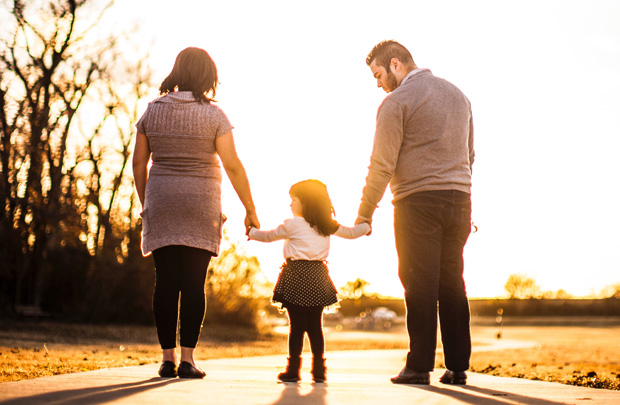
As you’ll learn in training, the majority of children in foster care are reunified with their birth family, and foster parents must support that outcome. When it can be done safely, reunification is usually in a child’s best interest.
But that knowledge does not make it any easier to say goodbye to a child you’ve loved and cared for. In this post, we offer six suggestions for smoothing the transition.
Communicate with your worker
Sometimes it can feel like a child’s permanency plan changes from adoption to reunification overnight. In reality, child welfare teams engage in something called concurrent planning—simultaneously planning for different outcomes.
As a foster parent, talking with your caseworker about the child’s case plan often—and being involved in the planning, as appropriate—will help you know what the future holds for the child and for your family.
Prepare for the transition
Children in foster care can have many unanswered questions about their life and a lack of information about their history. Creating a life book with your child can help them remember milestones and moments of joy after they’ve left your family.
You may learn how to make a life book in training. The Iowa Foster and Adoptive Parents Association website also has a downloadable life book template.
Don’t think of reunification as an end
When a child enters your home, you become an important part of their life and provide love, warmth, care, and stability. When that child reunifies with birth family, though the role you play in their life will change, your relationship with the child doesn’t have to end. Perhaps you become their mentor, babysitter, coach, or confidante.
In many instances, you may stay connected with the birth family. Engaging with the child’s birth family has benefits for everyone involved and reminds the child that you are all committed to their well-being.
Take time to grieve
A child leaving a home can be a profound loss. It’s certainly not easy to experience this shift in your role with your foster child, and it can be especially difficult for foster parents who would like to adopt.
Know that grieving the loss of a child you’ve fostered is natural, and take time to care for yourself after the transition. Don’t be afraid to take a break and allow yourself space and time to grieve your loss before your take another placement.
As John DeGarmo writes in this article in Youth Today: “When the child leaves our home and our family, our hearts should break. We should experience feelings of grief and loss. After all, we have given all of our hearts and love to a child in need. The unconditional love of a parent, what better gift is there than this for the child?”
Find support
As with all aspects foster parenting and adopting, seek support from your worker and from other families who can relate to what you are feeling.
Your caseworker can connect you with support groups in your area. Also search for local foster care and adoption training and support on our state information pages and on Child Welfare Information Gateway.
Know that you made a difference
You will likely never know how the months you’ve spent with a child affected them in the future. But foster parents who have stayed in touch with the children they cared for, and young people who spent time in foster care, tell us that foster parents play an important role in children’s later success.
Read one young woman describe the many ways that the lessons learned from her foster parents influenced her as an adulthood in this “Letter to a Foster Parent.”